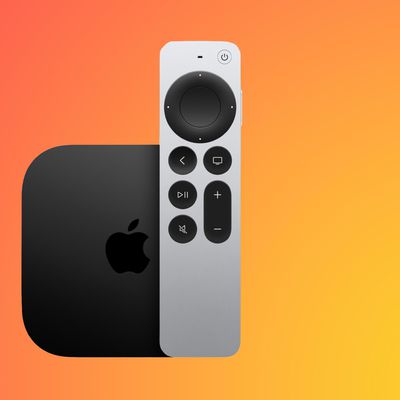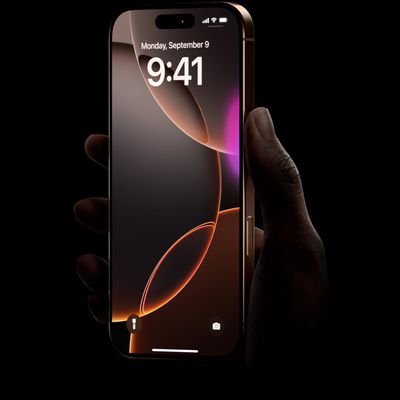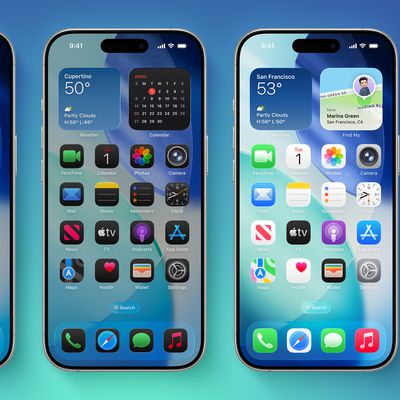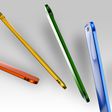
TechCrunch summarizes notes from today's media event. Of interest, they seem to reveal that Apple's interactive textbook format is not quite the official ePub 3 spec:
Books are not technically in the EPUB format, but they borrow from it (likely EPUB 3). Certain interactive elements of the books require the files to be done in the slightly different iBooks format, Apple says.
Earlier rumors had suggested that Apple will adopt ePub 3 for their new iBooks, but according to this note, it's slightly different. It's not clear what this means and if the changes are meant to eventually fold back into the ePub standard or not.
Apple's iBooks Author application creates content in this new format and projects made from that application can only be sold through the iTunes Store. At this point, however, it seems no other vendors yet support the format.





















Top Rated Comments
In fact, Kindle is the only mainstream e-reader that can't natively use ePub files. It's kind of sad.
That's right, and Apple isn't in the business of providing you with well-designed free software that you can then use to profit elsewhere. That's kinda the point of a business.
----------
PDF documents, unless tagged, will import into any application as a total mess.
If you have a PDF, convert it to Word or Pages, then go from there.
If you wrote a book to distribute as PDF, you should have the source document, as you would need it to make updates to your book.
I'll have to disagree with you on this point. You are thinking as a computer user and not as an educator. I've had some training as a teacher so I see where they are going with this.
There are several different learning methods to retain information. One is reading, another by listening to words by audio, another is multimedia for visual. Its better to use all these methods have a better chance of remembering.
Children's books is another great way of using Apples software books.
A child's attention span is very short, so the book needs to be engaging as possible to want the child to read.
By the use of video and if the book reacts to how the child touches the screen and interacts with them ( like moving objects around he is more likely to use it in the future. )